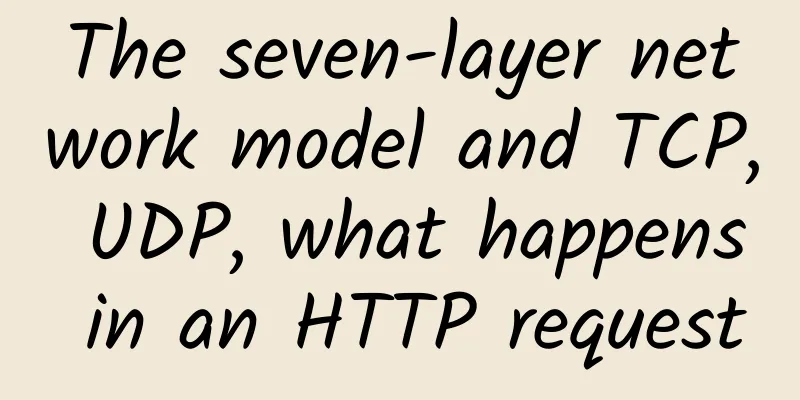In the Internet age, do you know where your WiFi comes from? See the four working modes of WiFi module

|
The four common working modes of WIFI modules: transparent transmission mode, serial port command mode, HTTPD Client mode, and GPIO mode, enable the WIFI module to work in different environments.
1. Transparent transmission mode The USR-WIFI232-A/B/C module supports serial port transparent transmission mode, which can realize serial port plug-and-play, thereby reducing the complexity of user use to the greatest extent. In this mode, all data that needs to be sent and received are transparently transmitted between the serial port and the WiFi interface without any analysis. In transparent transmission mode, it is fully compatible with the user's original software platform. The user's device can support wireless data transmission without making any software changes. Transparent transmission mode is the least complex data transmission. The user also turns on the hardware flow control (CTS/RTS) function of the serial port, which can reduce the bit error rate to the minimum. If the user does not need the hardware flow control function of the serial port, just leave the corresponding pin (CTS/RTS) floating. 2. Serial port command mode In this mode, users can send serial port data to different server addresses. In this mode, UDP or TCP client can be used to send data to the server. The client MCU sends a data packet in the following format. After the module has completed parsing, it only sends n bytes of data to the target address. When there is data returned, it is directly output from the serial port without parsing. 3. GPIO mode High-performance WIFI module, supports GPIO mode. In GPIO mode, the 4 pins of UART are defined as GPIO, nReady, and nLink are also defined as GPIO. When the module works in GPIO mode, PC or other network devices can establish a connection with the module via WIFI (TCP/UDP), and then control GPIO or read GPIO status through commands. The commands are as follows:
Note: n can be 3, 4, 5, 6, 8, 9, corresponding to the module pins. GPIO 4 can only be used as input, and GPIO 3 can only be used as output. GPIO READ returns the current status of all IOs, which is consistent with the representation method of GPIO n GET. For example, I1I1I0I0I0I0O1, where I represents input and O represents output. 0 represents low and 1 represents high. The 4 pin is inverted. If it reads 1, it is actually 0, and if it reads 0, it is actually 1. 4. HTTPD Client mode This mode is used to request data from an HTTP server or submit data to a server. After the user sets the specific content of the HTTP header using the at command or the web page, each time data is sent, the module will automatically encapsulate the sent data into HTTP protocol data and send it to the specified HTTP server, making it convenient for users to directly read or submit data from the HTTP server. |
<<: Data center opening, electrical testers answer all your questions
>>: How fast is 6G? You really should know in advance
Recommend
The third anniversary of 5G license issuance: "Three-generation life" has brought prosperity
On June 6, 2022, my country's 5G commercial l...
ROOBO CTO Lei Yu: Artificial intelligence will not take the big and comprehensive route, vertical fields will blossom first
[Original article from 51CTO.com] Not long ago, a...
What are the differences between NB-IoT and LoRa in terms of power consumption of IoT terminals?
To make a comparative analysis between NB-IOT and...
HostDare: 20% off on CN2 GIA line in Los Angeles, starting at $28.7/year, 25% off on NVMe series QSSD, starting at $23.2/year
HostDare has launched a summer promotion. From no...
DogYun customized classic cloud, Hong Kong VPS annual payment 168 yuan
DogYun is a Chinese hosting company founded in 20...
Challenging the NB-IoT and LoRa market? A new round of competition in the LPWAN field
In recent years, the IoT industry has reached a c...
BandwagonHost has launched a new SoftBank line in Osaka, Japan, with an annual fee starting from US$65
bandwagonhost is a subsidiary of the old IT7 comp...
How to avoid JS memory leaks?
[[416172]] Many developers may not care about whe...
Enterprise Network Data Communication Solution Practice - EIGRP
Practical objectives: Through practical applicati...
You need to be prepared for the coming 6G wireless technology
[51CTO.com Quick Translation] A research team is ...
Future trends driving unified communications in 2021
[[360050]] While 2021 is full of uncertainty for ...
Don't know how to learn the protocol? Click it!
Once you enter the communications industry, you w...
Gartner: Global 5G infrastructure market size will double to $8.1 billion in 2020
According to Gartner's latest forecast, the g...
What challenges and opportunities will operator networks face in the 5G era?
With the official commercial use of 5G in China, ...
Architect: We are more afraid of 200 than 404!
Young man, you are reading a short hardcore scien...









